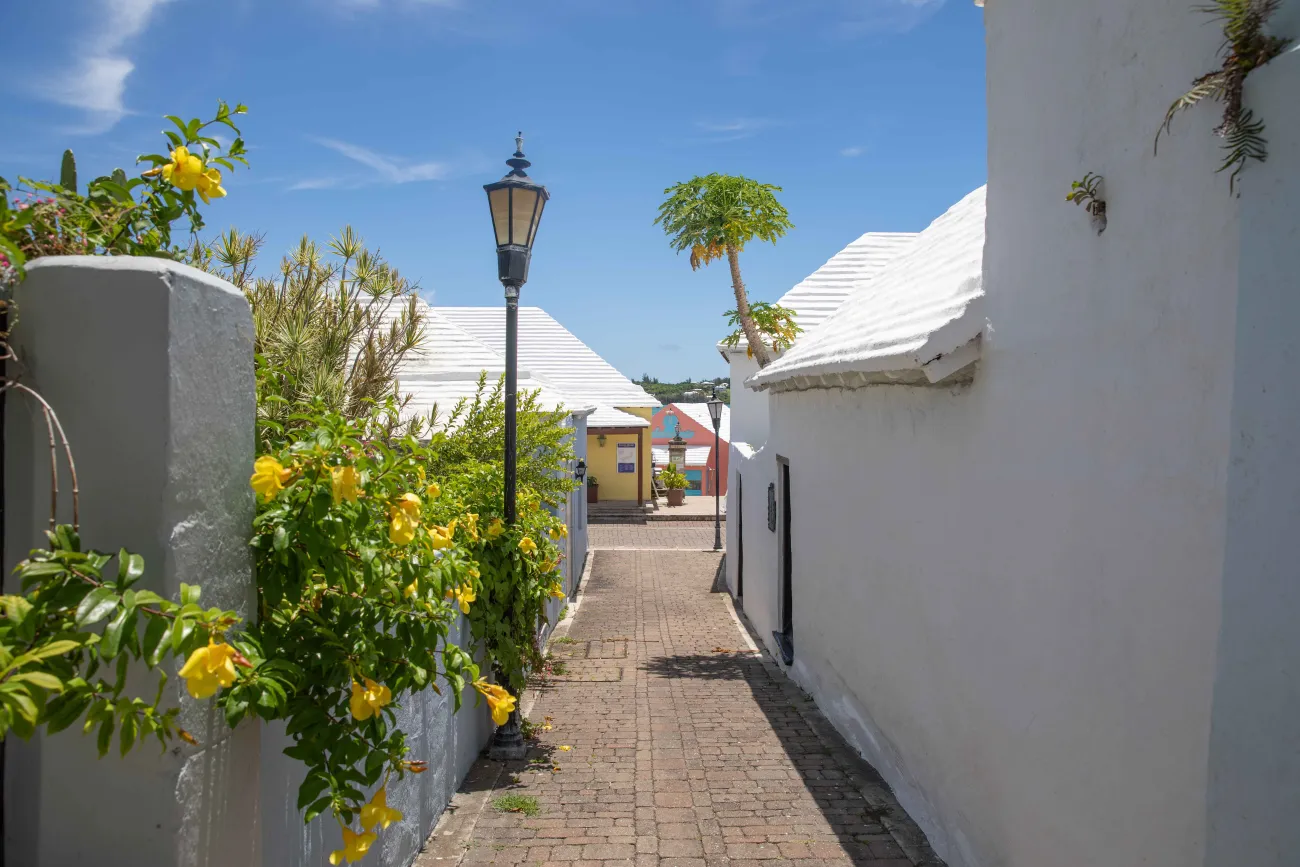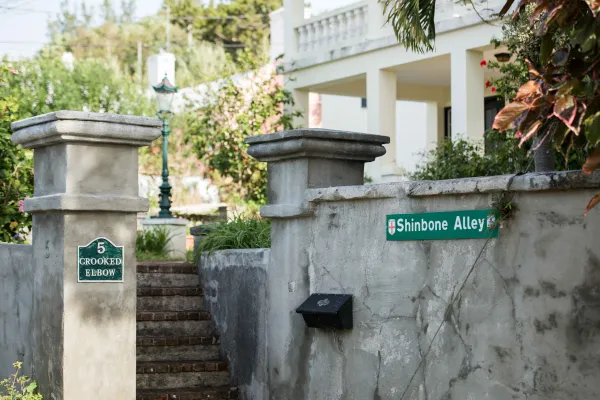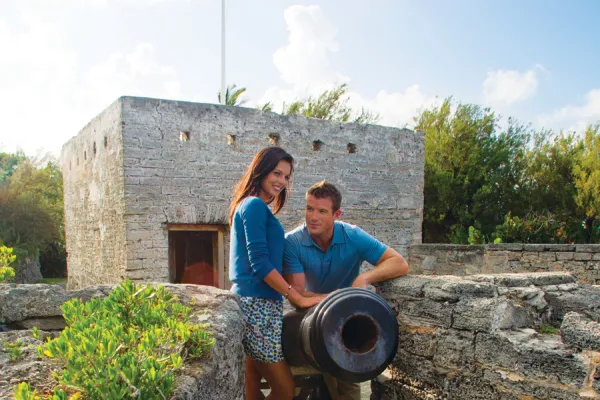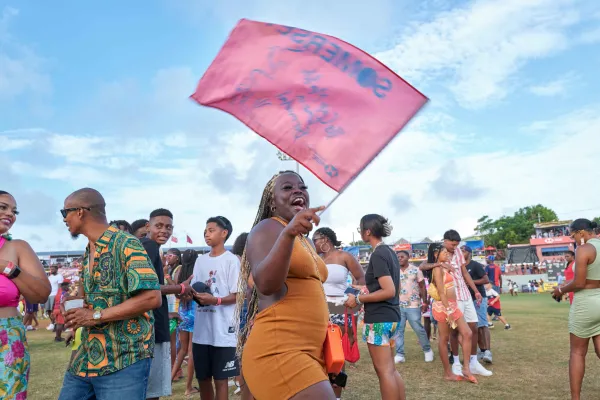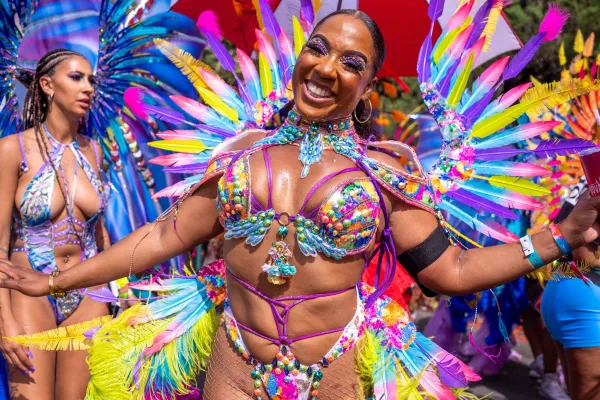With a history dating back some 400 years, the Town of St. George (a UNESCO World Heritage Site) has many tales to tell, including some scandalous ones. Learn the interesting backstories – from celebrations of freed former enslaved persons to escapades of drunken sailors – by wandering the town's cobblestoned (and unusually named) alleys and reading the signs. A guided walking tour of the town is a great way to gain more insight.
1.SHINBONE ALLEY
In early Bermuda, this quaint, quiet residential street was much noisier than it is today as it housed many taverns, pubs and bars (plus some “ladies of ill-repute,” says Jones). Shinbone Alley attracted soldiers from the nearby British military garrison, all in search of good times. When these military men had a little too much rum, they'd crawl out into the lane on their hands and knees, battering their shinbones, hence the name.
2. SILK ALLEY
On August 1, 1834, enslavement was abolished on Bermuda. To celebrate this momentous occasion, Jones says, former enslaved females put on their finest silk dresses and petticoats to proudly parade down this lane. As they walked, it was said that you could hear the swish of the fabric brushing up against the narrow alley’s wall.
To celebrate their freedom, former enslaved females put on their finest silk dresses and petticoats to proudly parade down this lane.
At the end of Silk Alley, pay a visit to Pilot Darrell’s Square, named for enslaved James Darrell, who expertly piloted the 74-gun HMS Resolution through the treacherous reefs off of Bermuda in 1795. The powers-that-be were so impressed with his superior navigation skills that Darrell was granted his freedom. He subsequently bought a house on the square that now bears his name, where his direct descendants still reside.
3. BARBER'S ALLEY
This lane is named for a barber, Joseph Hayne Rainey, formerly enslaved in the American south who bought his freedom and sailed to Bermuda during the Civil War. “He didn’t want to be fighting for the wrong side,” Jones says. Rainey opened a barbershop in the kitchen of the Tucker House, staying on the island for several years. Cutting hair wasn’t his true calling, however: politics was. When the war ended, Rainey returned to Charleston, South Carolina, and in 1870, he became the first African-American member of the U.S. House of Representatives. He was re-elected four times.
